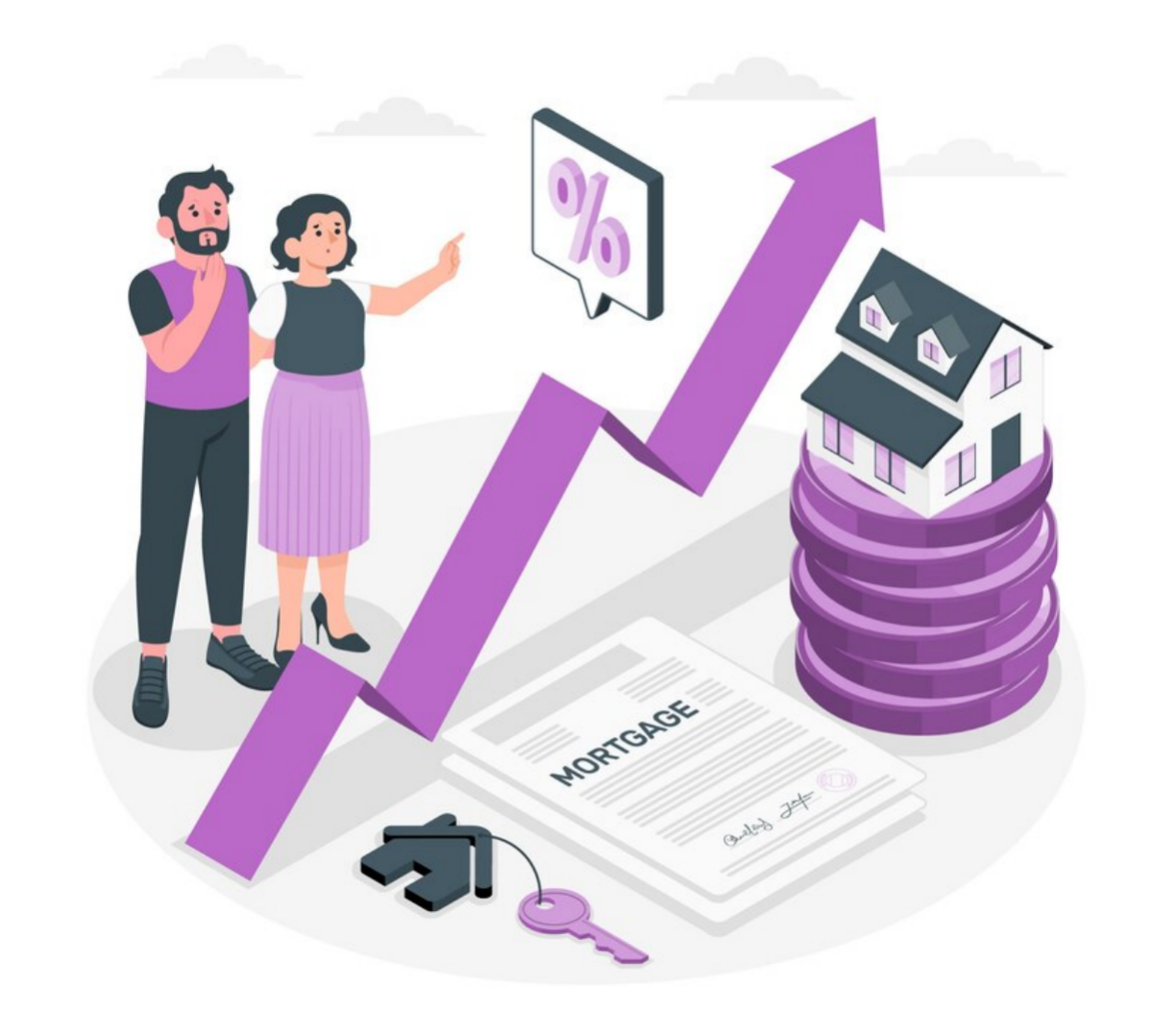
South Boston is an old working-class neighborhood, but it's lately one of the prime hotspots in Boston's competitive rental market. Average rent price there now reportedly stands at almost $3,000, which is a pretty huge hike in housing costs over just the past couple of years. Look below at what drives this trend and what it means for residents and potential renters.
The Current Rental Landscape
The average rent of a one-bedroom apartment in South Boston 2024 stands at around $3,000. Two-bedroom apartments have topped that, and the surge is pretty scary given the rising demand for housing in the area, catapulted by its transformation into a desirable place for young professionals, families, and those seeking town conveniences.
Several factors are driving the quick increase in rental prices in South Boston:
Accessibility to Downtown Boston
Accessibility to downtown, the Seaport District, and the major employment centers from South Boston provides easy convenience for many residents. It is preferably chosen by many renters.
Urban Revival and Improvement
The neighborhood has seen a gigantic redevelopment over the past ten years. Luxury apartments, trendy restaurants, and modern amenities have turned the neighborhood into a living destination sought after by many.
High demand and scarce supply

The rise of tenants with low stocks pushes up the prices. Fresh constructions attempt to bridge the gap, but usually the demand outstrips the supply.
Desirable Lifestyle
South Boston has the ultimate mix of city living and coastal style, especially with beaches, parks, and a great nightlife within walking distance, making it very desirable for a wide range of demographics.
Residents
The increase in rent impacts the near community on various levels:
Affordability Problems: Long-time residents are finding it increasingly difficult to pay the higher rents, with possible displacements.
Demographic Shifts: Prices rise. South Boston appears increasingly to be shifting its demographic makeup with more upscale renters and professionals.
Pressure on Affordable Housing: The call for affordable housing never stops increasing, and this builds the pressure on city officials and builders to respond to the challenge.
What Renters Can Do About Cost of Living

For renters in South Boston, here are some things to consider:
1. Expand Your Search
One might consider Dorchester or Quincy as neighborhoods where the price points can be a little lower, but still quite accessible options for living in proximity to South Boston.
2. Roommate Options
Living with roommates in a multi-bedroom apartment can help offset the high cost of living.
3. Negotiate Rent
Some landlords can be relatively pliable in regards to negotiating rent if they are looking to get a longer lease term signed or its slower rental seasons.
4. Explore Subsidized Housing
Look into programs offering rent assistance or affordable housing options in Boston.
Future Outlook
As rental costs increase in South Boston, it is evident that there needs to be increased pressure on the city when it comes to balancing growth with affordability. Housing development increases, especially by building more affordable units, can lessen some of the burden for renters. However, the desirability of the area will likely keep rent prices high in the short term.
Conclusion
South Boston is an example of rapidly rising rental prices, a reflection of the changing nature into a lively and sought neighborhood. Although an average $3,000 rent can be seen as an indicator of prosperity for some, this only raises concerns about accessibility and affordability for others. Over time, this is where renters and city planners will have to adjust and meet the new challenges of this lively Boston neighborhood.

Hotspots or Hype? Investing Beyond Emotion

International Tax Planning: Strategies for Individuals and Businesses

Finance Preparation for Recession

Fintech: Shaping Unlikely Destinies

From Employee to Investor: A 3 - Year Blueprint

How to Find the Best Life Insurance Plan for Your Family

Create and Sell NFT: A Step-by-Step Guide
